What is Assessment Validation and Why Do You Need It?
In the Australian education sector, maintaining high-quality learning outcomes is required.
Assessment validation ensures that the evaluation process in educational institutions is fair, consistent, and aligned with learning outcomes. Validation of assessment is key to achieving these goals. It helps maintain high standards of education and compliance with regulatory requirements.
This guide explores the essential aspects of assessment validation, its importance, and how it benefits Registered Training Organisations (RTOs).
What is Assessment Validation?
Assessment validation is the process of reviewing and confirming that the assessment tools and procedures used in educational settings are effective in evaluating learners' skills and knowledge. This validation of assessment involves a thorough quality review of the assessment tools. It ensures that assessments align with course requirements and that they accurately measure student learning outcomes. The purpose of assessment validation is to uphold the quality and reliability of educational evaluations.
How to Conduct Assessment Validation
Conducting assessment validation involves several steps:
Review Assessment Tools: Examine the tools and methods used to evaluate learners, ensuring they meet the desired outcomes.
Engage Stakeholders: Involve teachers, trainers, and industry experts in the validation process to gain diverse perspectives.
Collect Feedback: Gather feedback from learners and assessors to identify areas for improvement.
Align with Standards: Ensure assessments align with national standards and industry requirements.
Document the Process: Maintain records of the validation process for accountability and continuous improvement.
Four Key Factors for Effective Validation of Assessment
Validity
Validity ensures that an assessment accurately measures what it is intended to evaluate. This factor is crucial because it guarantees that the assessment is aligned with the specific learning objectives and outcomes of a course. For an assessment to be valid, it must focus on the relevant skills or knowledge areas. For example, if the goal is to assess analytical skills, the assessment should include tasks that require critical thinking and analysis. These tasks must be aligned with the relevant unit of competency. Ensuring validity involves carefully designing assessments that match course content and periodically reviewing these tools to maintain their relevance.
Reliability
Reliability refers to the consistency of assessment results across different assessors and contexts. An assessment is considered reliable if it yields similar outcomes regardless of who conducts it or when it is taken. This factor is essential for maintaining fairness and objectivity in evaluations. To achieve reliability, educators should establish clear criteria and rubrics that all assessors can follow, aiming for continuous improvements to the assessment tool. Regular training and calibration sessions can also help reduce variability in scoring and ensure consistent assessment practices.
Flexibility
Flexibility in assessment involves accommodating the diverse needs and circumstances of learners. This factor is vital for promoting inclusivity and ensuring that all students can fairly participate in the assessment process. Flexible assessments might offer multiple formats, such as written, oral, or practical tasks, to suit different learning styles, and should be periodically included in the quality review of the assessment. Additionally, providing accommodations like extended time or alternative testing environments can help ensure that learners with disabilities or special needs have equal opportunities to demonstrate their abilities.
Fairness
Fairness in assessment means providing all learners with an equal opportunity to showcase their skills and knowledge without bias or disadvantage. This factor is crucial for ensuring that assessment results accurately reflect a learner's true capabilities rather than being influenced by external factors like socio-economic background or language proficiency. To promote fairness, assessments should be free from cultural bias and designed to be accessible to all students. Educators should strive to consider diverse perspectives when developing assessment tasks and provide clear instructions and support.
What is Pre-Assessment Validation
Pre-assessment validation involves reviewing assessment tools and processes before they are implemented to ensure they align with the requirements of the training package and measure the relevant knowledge and skills. This proactive approach helps ensure that assessments are reliable, valid, and free from bias. Benefits of pre-assessment validation include enhanced accuracy and improved learner outcomes.
RTO Assessment Validation: Importance and Responsibilities
For Registered Training Organisations (RTOs), assessment validation is crucial to ensure compliance with regulatory standards and maintain the quality of their educational programs. The process helps confirm that assessment tools and processes are aligned with industry requirements and effectively measure student outcomes. RTOs must prioritize validation by conducting regular sessions to uphold educational standards. This involves dedicating sufficient resources, such as time and personnel, to the validation process. Engaging qualified staff is essential, as experienced educators bring valuable insights into evaluating and improving assessment tools. These experts also guide validation and moderation activities. Government links, such as those provided by the Australian Skills Quality Authority (ASQA), offer detailed guidelines and resources to support RTOs in their validation efforts.
Validation and Moderation: Understanding the Difference
Assessment Validation focuses on evaluating the tools and processes used in assessments to ensure they are effective and aligned with learning objectives. It is about ensuring that the assessments are appropriate and valid.
Assessment Moderation, on the other hand, involves reviewing and adjusting assessment results to ensure consistency and fairness across different assessors. Moderation ensures that all learners receive a fair evaluation, regardless of who conducts the assessment. The benefits of moderation include enhanced reliability and improved credibility of assessment outcomes, aligning with a statistically valid sample. Validation activities also play a key role in ensuring these benefits. It helps maintain consistency and accuracy in results, which is crucial for maintaining trust in the assessment process.
Assessment Validation Outcomes
A deeper dive into assessment validation reveals its critical role in maintaining the quality of assessment and overall educational quality. Best practices for successful validation include conducting regular reviews and ensuring systematic validation to keep assessments up to date. Engaging a wide range of stakeholders, such as educators, industry experts, and learners, provides comprehensive feedback and insights. Continuous improvement is key, as RTOs can use the outcomes of validation to inform ongoing enhancements in their assessment practices for future improvements to the assessment process.
Identifying Assessment-Related Risks
Common risks associated with assessment practices include unintentional bias in assessment design or delivery, inconsistency in assessment outcomes across different contexts, and non-alignment with learning outcomes. Bias can lead to unfair advantages or disadvantages for certain groups of learners, while inconsistency can result in unreliable results. Non-alignment means that assessments fail to accurately measure the intended skills or knowledge. A comprehensive review of the assessment system can address this issue. To mitigate these risks, RTOs should regularly review and update their assessment practices, ensuring they are fair, consistent, and aligned with desired learning outcomes.
Continuous Improvement for RTOs
Continuous improvement is vital for RTOs to maintain high standards in education. Approaches include collecting and acting on regular feedback from learners and assessors, which helps identify areas for enhancement. Investing in professional development for staff is crucial to enhance their skills and keep them updated on best practices. Embracing innovation by adopting new technologies and methods can also improve assessment practices and keep them relevant in a changing educational landscape.
Non-Compliance with Regulatory Standards for RTOs
Failing to comply with regulatory standards can have significant consequences for RTOs, including the loss of accreditation and reputational damage. Strategies for maintaining compliance include conducting regular internal audits to ensure adherence to standards and identifying any gaps or areas for improvement. Ongoing staff training is essential to keep them informed about regulatory changes and requirements, ensuring that the organization remains compliant and continues to deliver high-quality education.
RTOs You might want to Contact…
Highlighting exemplary RTOs, such as Learning Options can demonstrate the value of effective assessment validation. Learning Options is recognized for its robust validation practices and commitment to quality education.
Assessment validation is a critical component of maintaining educational quality and compliance in Australia. By understanding and implementing effective validation practices, RTOs can enhance their programs and ensure positive outcomes for learners. Engage with RTOs that prioritize validation and continuous improvement for the best educational experience.
For more information contact Learning Options.
FAQ
Are there any specific training items that should be validated more frequently?
Answer: ASQA has found systemic hazards in the following training areas: equestrian, security, early childhood education and care, elderly and community care, the construction sector ('white card' training), and training and education. It may require more regular validation of training items in several areas within the training package.
Can I verify my training items more than once every five years?
Answer: Your RTO must achieve the basic validation standards outlined in the Standards. However, you may opt to test your training products on a more frequent basis, especially if you work in a dynamic industrial environment with increasing risk factors or new evaluation techniques.
What number of units per qualification should be validated?
Answer: At least two units from each qualification must be validated; however, your RTO may choose to validate more if validation of the two units identifies risks or potential harm to learners who did not meet the required assessment outcomes, assessors made inconsistent assessment judgements, or assessment was not conducted by the Principles of Assessment or the Rules of Evidence.
Who can be an independent validator?
Answer: An independent validator is neither hired nor subcontracted by the RTO to offer training and assessment and has no participation or interest in the RTO's business.
Why does assessment validity matter?
Answer: Validity and reliability are critical components of every evaluation. Simply said, assessments should be accurate and exact. If a clock consistently gives the erroneous time, we cannot make reliable conclusions about actual time.
Why do we require needs assessments?
Answer: A needs assessment assists you in determining what tasks must be completed to meet your project's objectives. This requirements evaluation then influences the overall strategy and techniques for a project, assisting you in identifying focused tactics and prioritizing resources.





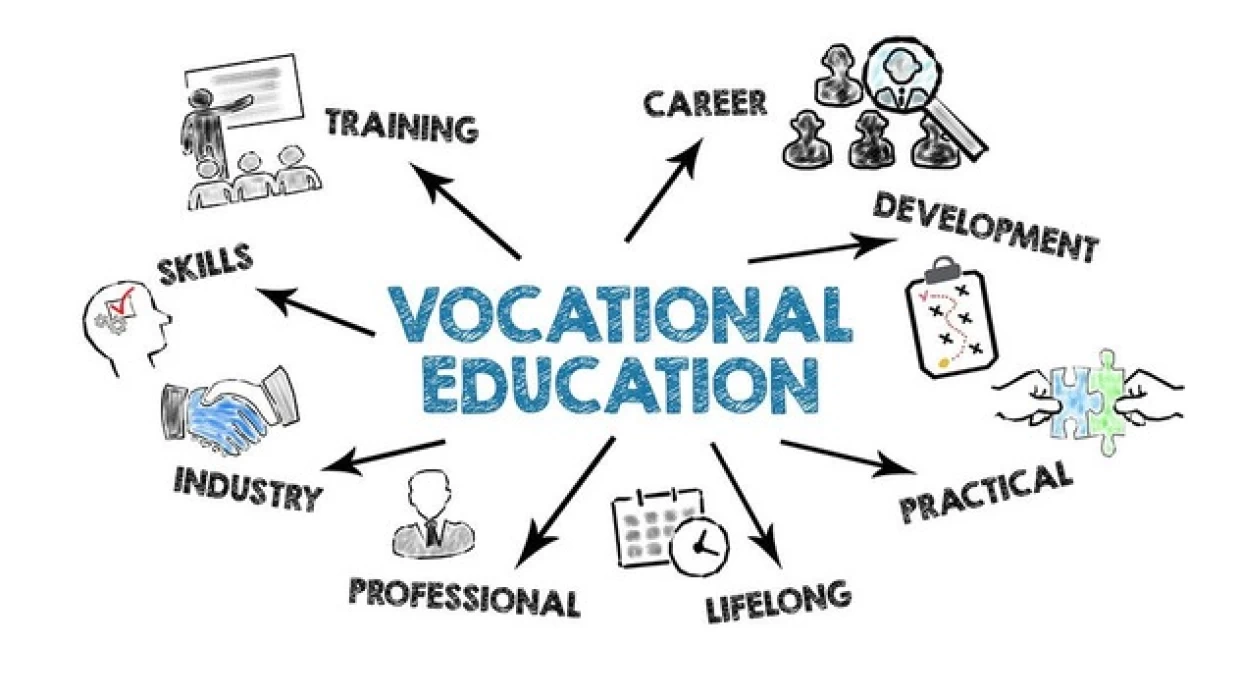







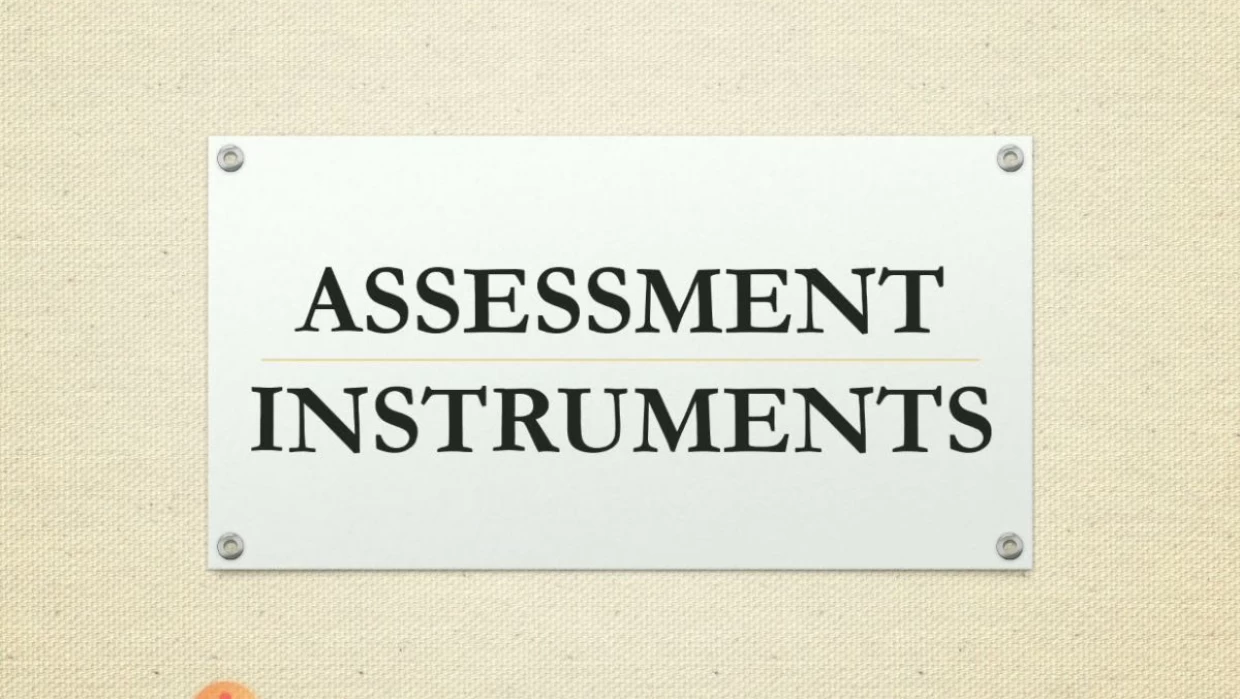





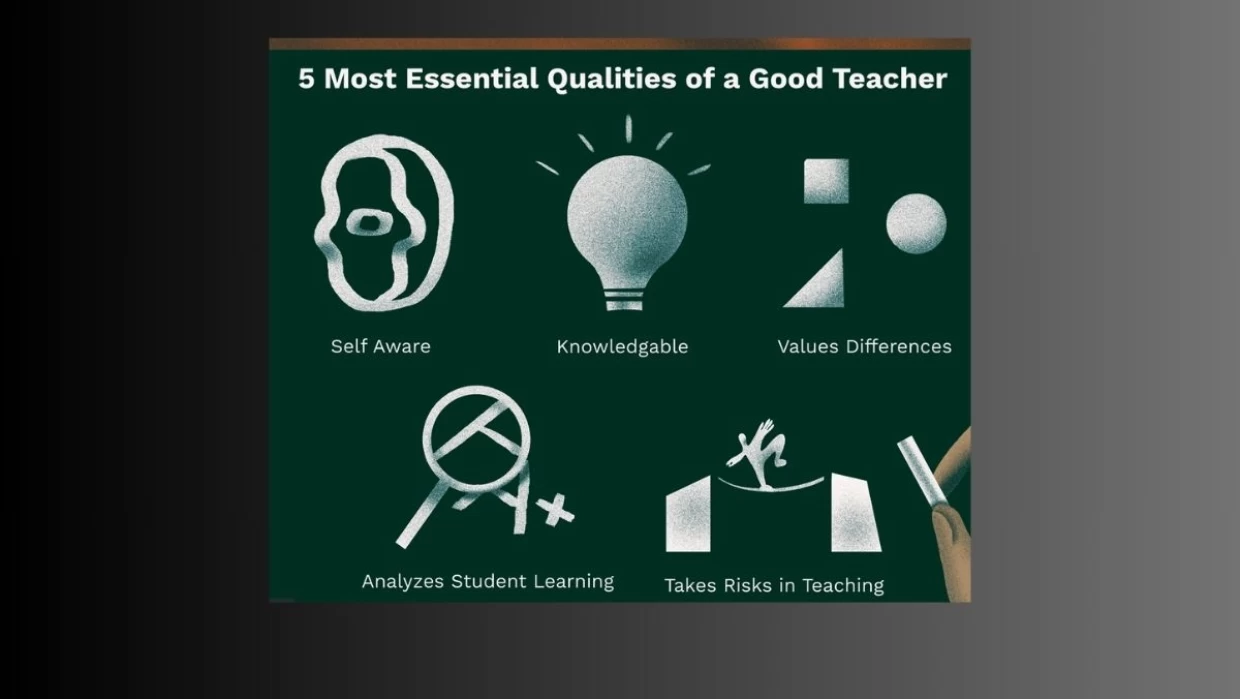
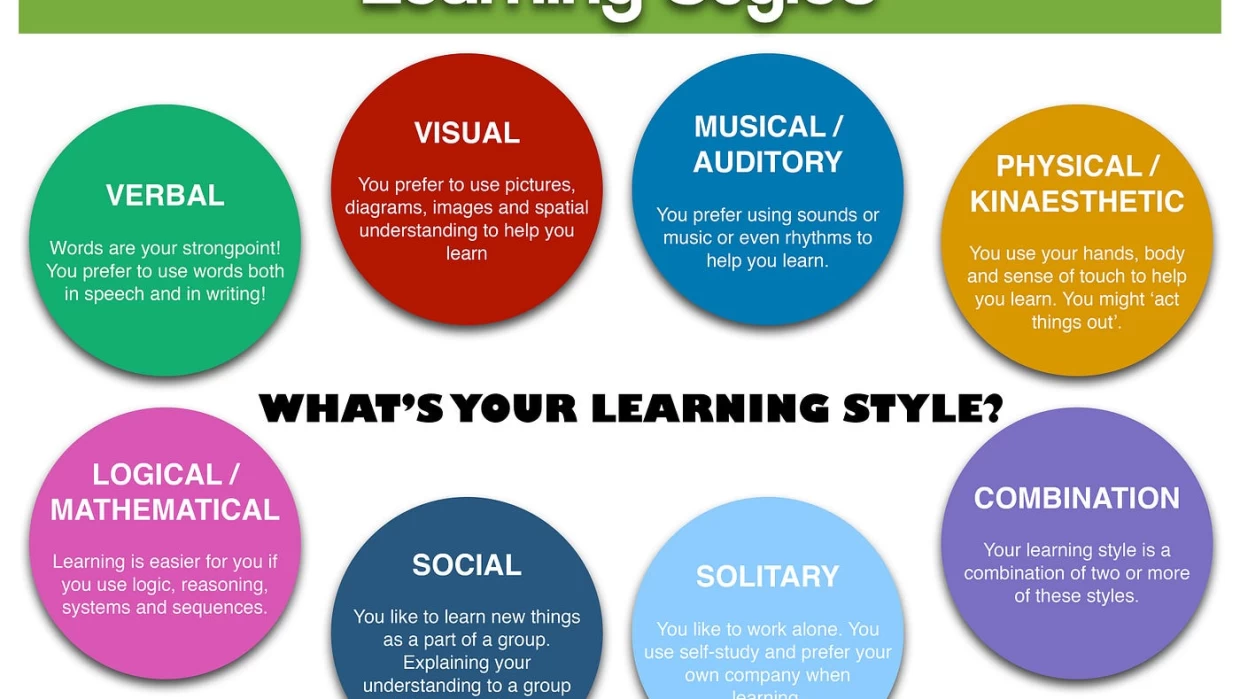
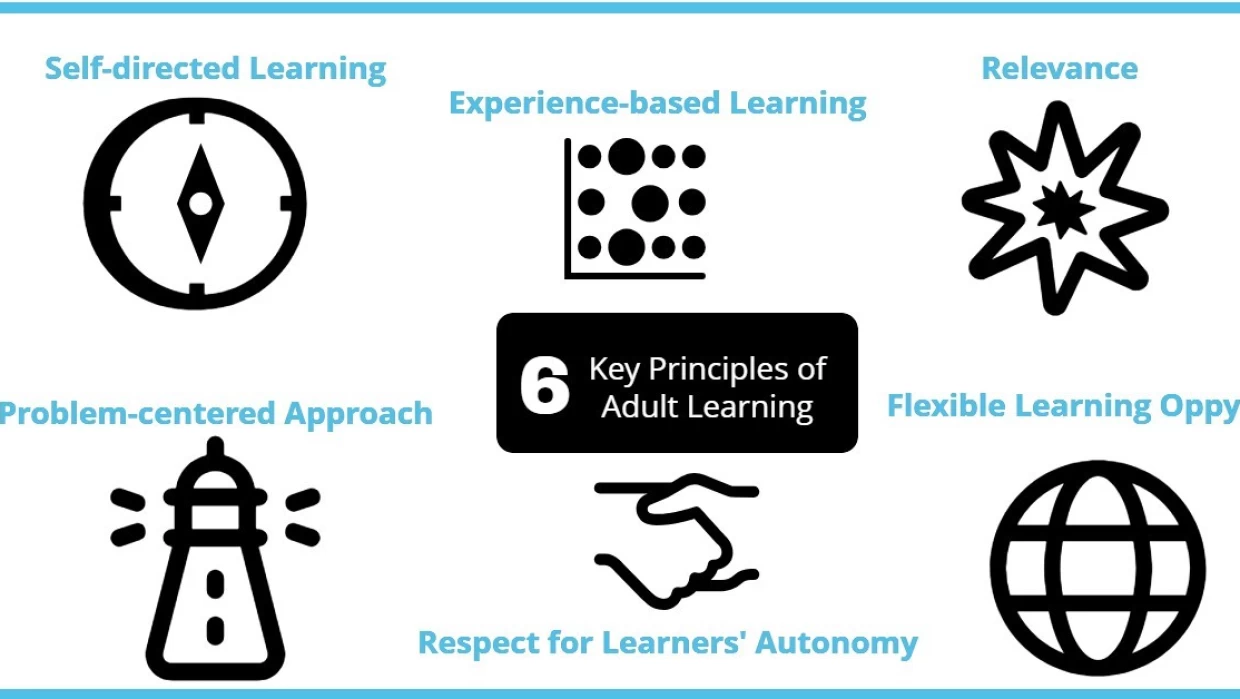














We would be delighted if you could get in touch with us.
Your email address will not be published. Required fields are marked